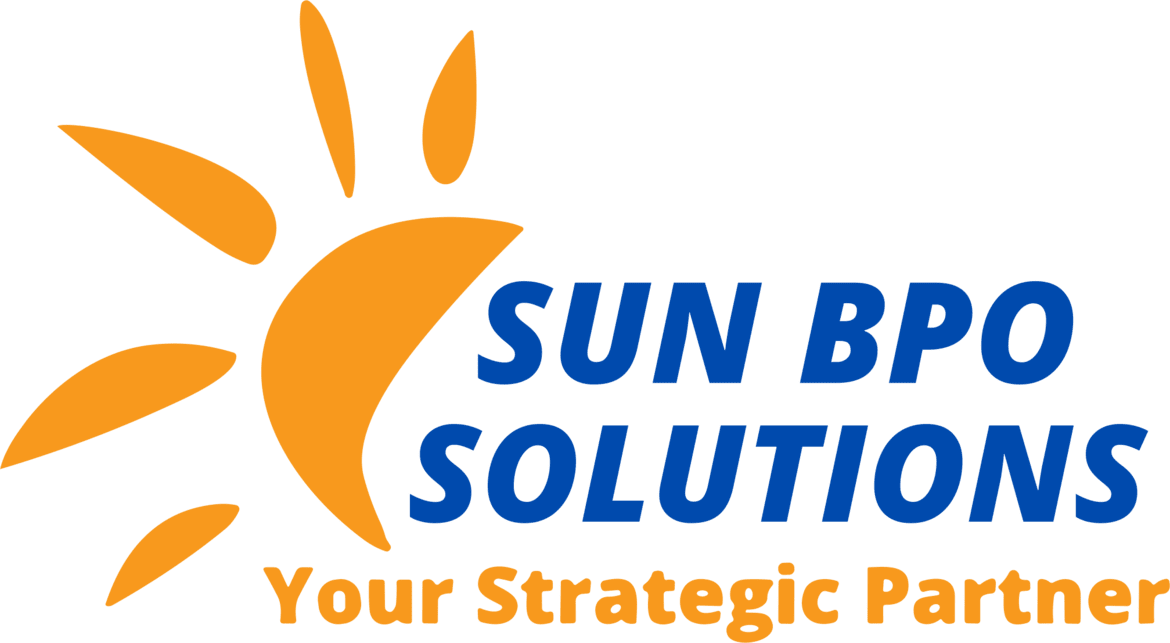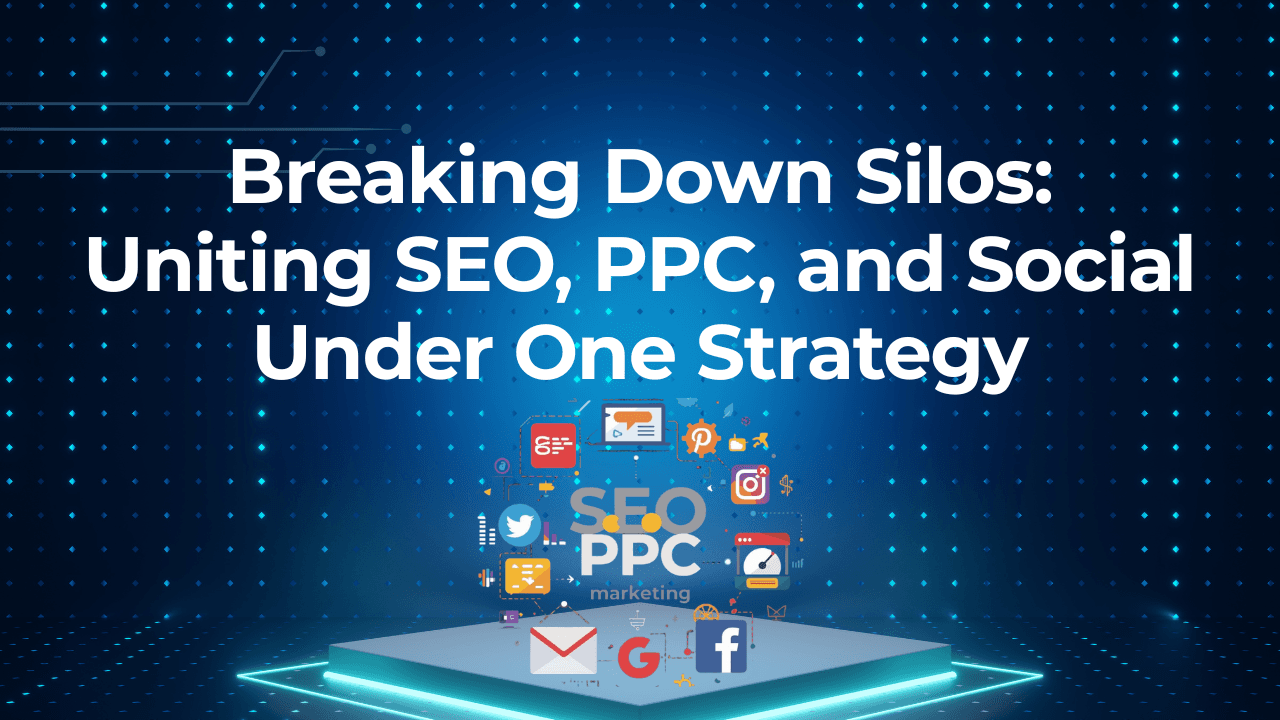Table of Contents
Introduction
In today’s hyper-competitive online world, a powerful digital marketing strategy isn’t just an option — it’s the backbone of business success. From SEO and PPC to social media and content marketing, a well-planned digital strategy drives visibility, engagement, and conversions that truly move the needle.
But here’s the truth: your audience doesn’t experience your brand in silos. They see one message, one journey, and one experience. To win in 2025, it’s time to unite SEO, PPC, and social media under one cohesive strategy that amplifies visibility, boosts engagement, and drives measurable ROI.
The Problem With Marketing Silos
Many businesses unknowingly build walls between their digital marketing efforts. The SEO team focuses on ranking keywords, the PPC team runs paid campaigns, and the social media team chases engagement — all without coordination.
This fragmented approach creates several problems:
- Conflicting keywords and messaging
- Duplicated efforts and wasted ad spend
- Disconnected data and analytics
- Missed opportunities for retargeting and conversion
The fix? Break down these silos by building a unified digital marketing strategy that integrates SEO optimization, , and social media content seamlessly.

Why Integration Is the Future of Digital Marketing
When SEO, PPC, and social media strategy work together, the results are powerful.
Think of it as a triangle:
- SEO builds long-term organic visibility.
- PPC delivers instant traffic and testing opportunities.
- Social media fuels engagement and brand awareness.
Together, they create a feedback loop of data and performance — where insights from one channel improve the others.
For instance:
- SEO keyword data can refine PPC ad targeting.
- PPC A/B tests can identify high-converting messaging for organic content.
- Social media trends can inspire SEO-friendly blog topics.
This cross-channel synergy is what defines next-level digital success.
Building a Unified SEO, PPC & Social Strategy to Boost Digital Marketing Growth Strategy
✅Set unified KPIs — not separate ones. For example, instead of just “increasing organic traffic,” aim for “boosting total qualified leads” across all channels. This aligns everyone’s efforts toward one business outcome.
✅Keywords are the backbone of SEO and PPC. Build a shared keyword list that benefits both organic and paid campaigns. SEO can focus on long-tail queries, while PPC can target commercial intent terms.
✅Your content strategy should bridge the gap between organic and paid. Promote SEO-optimized blogs through PPC or social ads to increase reach and engagement.
✅Use integrated dashboards like Google Analytics 4, SEMrush, or HubSpot to monitor all channels in one place. When data is shared, strategy becomes smarter.
✅Ensure every platform — from search ads to social captions — reflects a consistent tone and message. This builds recognition and trust with your audience.
Where Teams Lose Productivity Without Workflow Optimization
SEO + PPC = More Powerful Search Dominance
When SEO optimization and PPC campaign management collaborate, they can dominate search engine results. Imagine appearing both in organic listings and paid ads — your visibility doubles, and trust increases.
Benefits of integrating SEO and PPC include:
- Higher click-through rates (CTR)
- Better keyword coverage
- Smarter ad budget allocation
- More accurate ROI tracking
For example, if a PPC campaign performs well for certain high-intent keywords, your SEO team can create supporting blog content to reinforce visibility organically.
The Role of Social Media in a Unified Marketing Framework
Social media isn’t just for engagement — it’s a powerful amplification channel.
When aligned with SEO and PPC, your social platforms become distribution engines that increase reach and relevance.
Here’s how:
- Share SEO-optimized blog posts on social platforms for organic reach.
- Use PPC data to retarget social media audiences.
- Identify trending topics on social media to create keyword-rich blog content.
This integration ensures that social media strategy, SEO, and PPC advertising work together to move customers smoothly from awareness to conversion.
Final Thoughts
The future of digital marketing lies in integration, not isolation.
When your SEO, PPC, and social media strategies align under one unified plan, you create a powerful ecosystem that drives visibility, engagement, and conversions.
Stop letting silos slow your growth — unify your strategy, amplify your message, and let every channel work together toward one goal: measurable, sustainable success.
Boost your digital marketing growth strategy with a unified SEO, PPC, and social media strategy — contact us today!
Claim your free digital marketing audit.
Stay updated with SunBPO Solutions for the latest trends, insights, and strategies to keep your business ahead of the curve!
Frequently Asked Questions (FAQs)
Why should SEO, PPC, and social media be connected?
Because customers move across platforms — from Google search to social feeds. Integration ensures consistent messaging and better ROI.
How can I align SEO and PPC strategies?
Start by sharing keyword data, coordinating landing pages, and analyzing results together.
What’s the biggest benefit of uniting all three channels?
Efficiency and consistency. You’ll save budget, reduce effort duplication, and deliver a seamless brand experience across touchpoints.





0 Comments